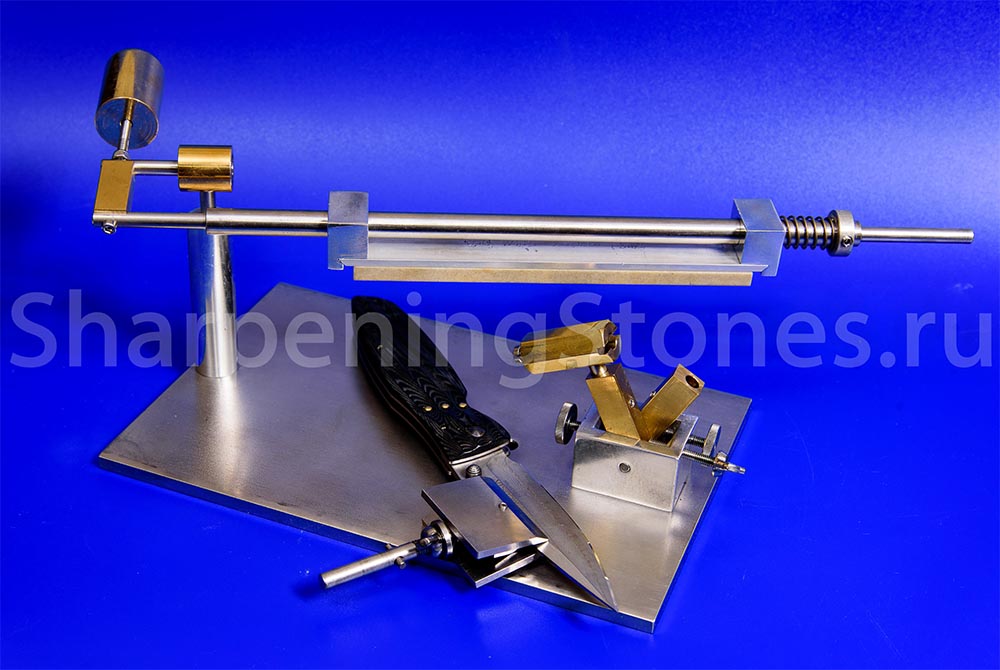- Joined
- Jun 4, 2010
- Messages
- 6,642
At risk of reviving the dreaded discussion of whether the angle changes as you move the sharpening rod either left or right of centerline (relative to a straight, perpendicular edge), isn't the round rod (which allows the stone face to rotate slightly due to the round rod rotating in its holder mechanism, and remain flat against the knife edge as you move left or right) an important factor to preserve?
You'd need a pivot at the stone clamp, or the bearing block for the rectangular stock would have to rotate. I'm just speculating where you'd get into trouble clamping full thickness 10x3 stones. With a 1/4" rod things might start flexing, 3/8 or 1/2 would probably take care of that.

